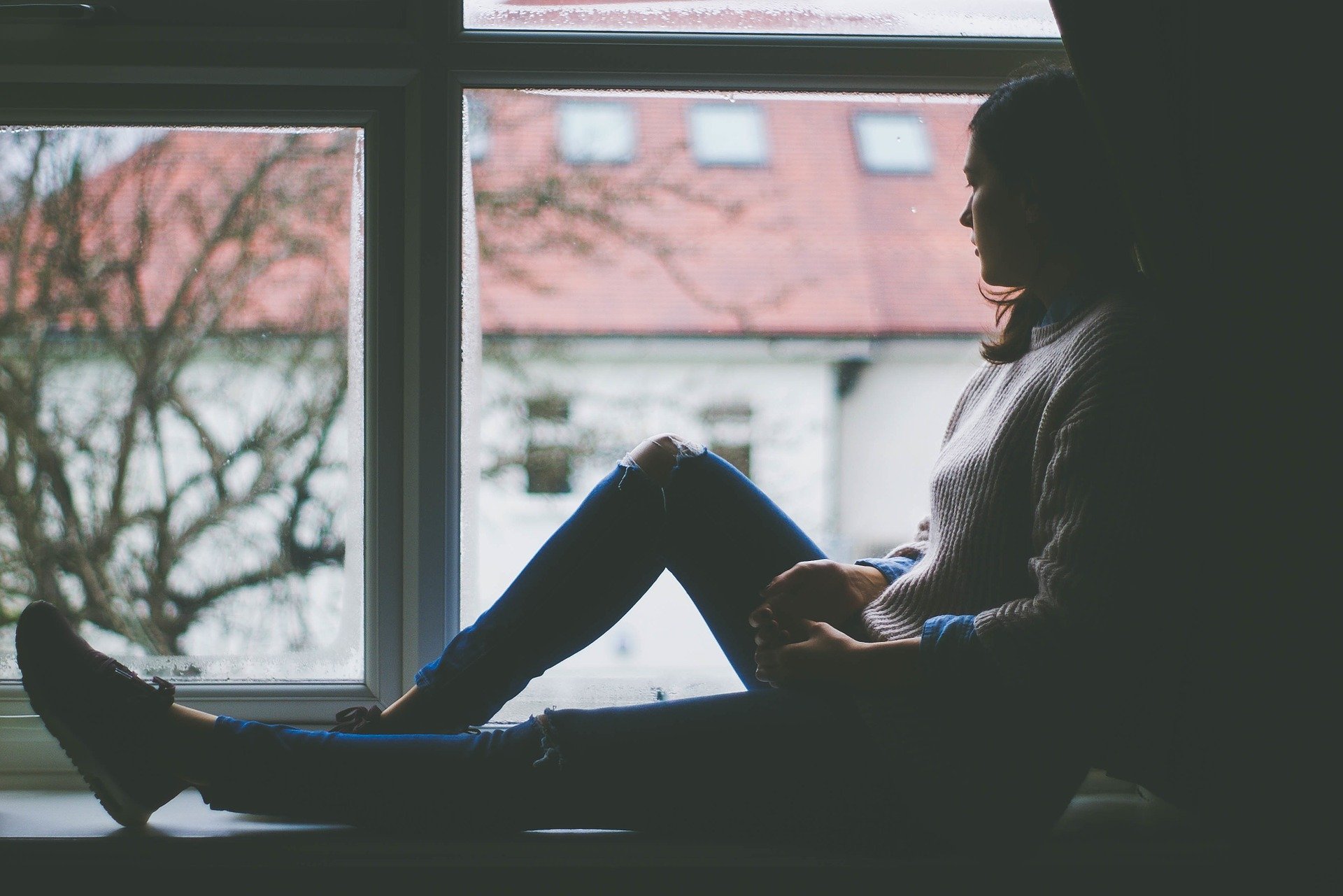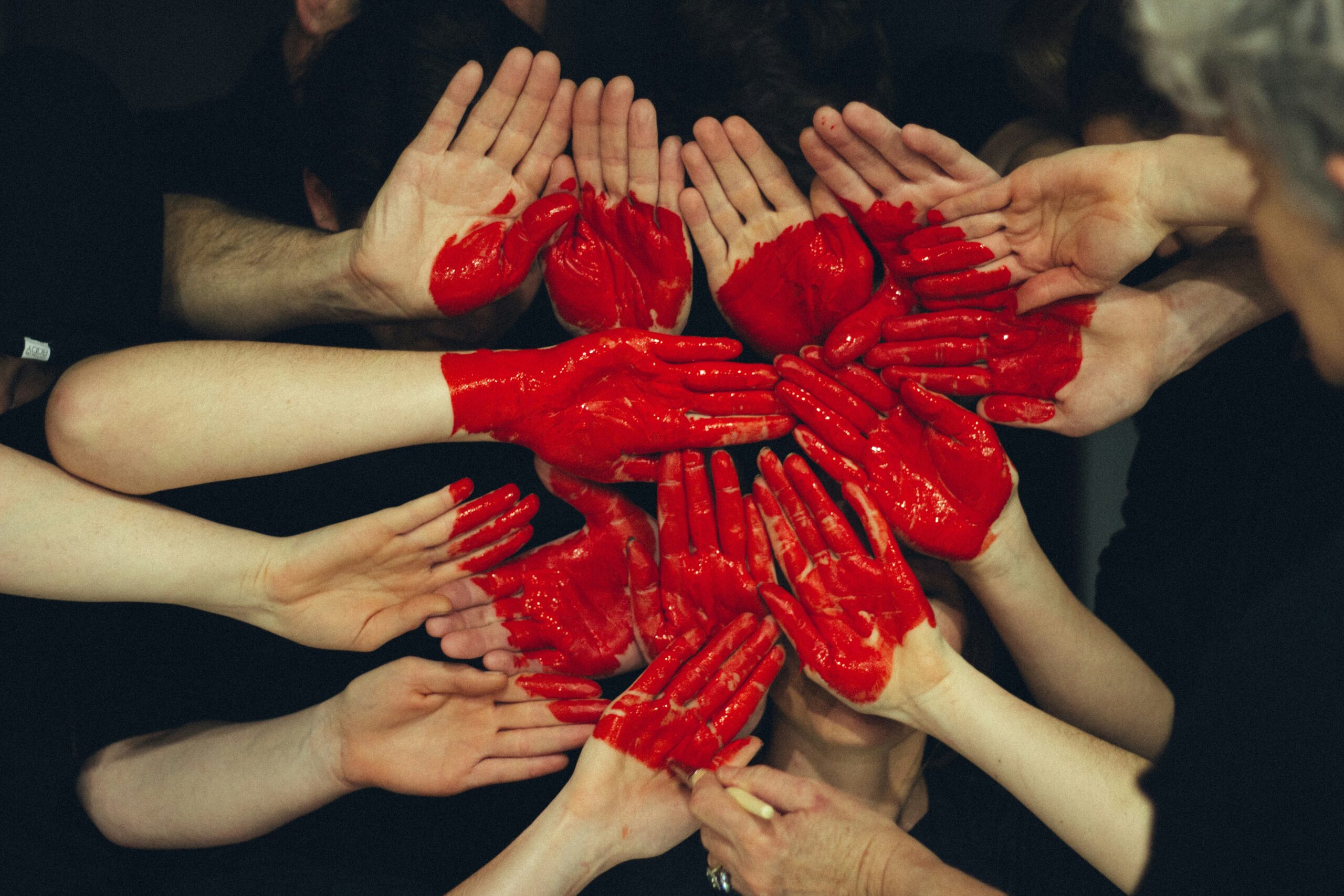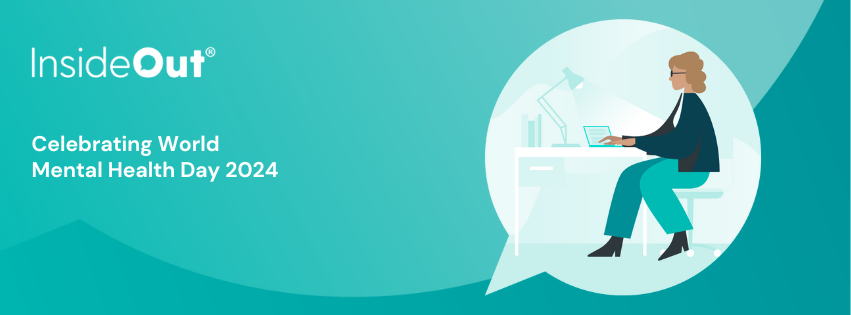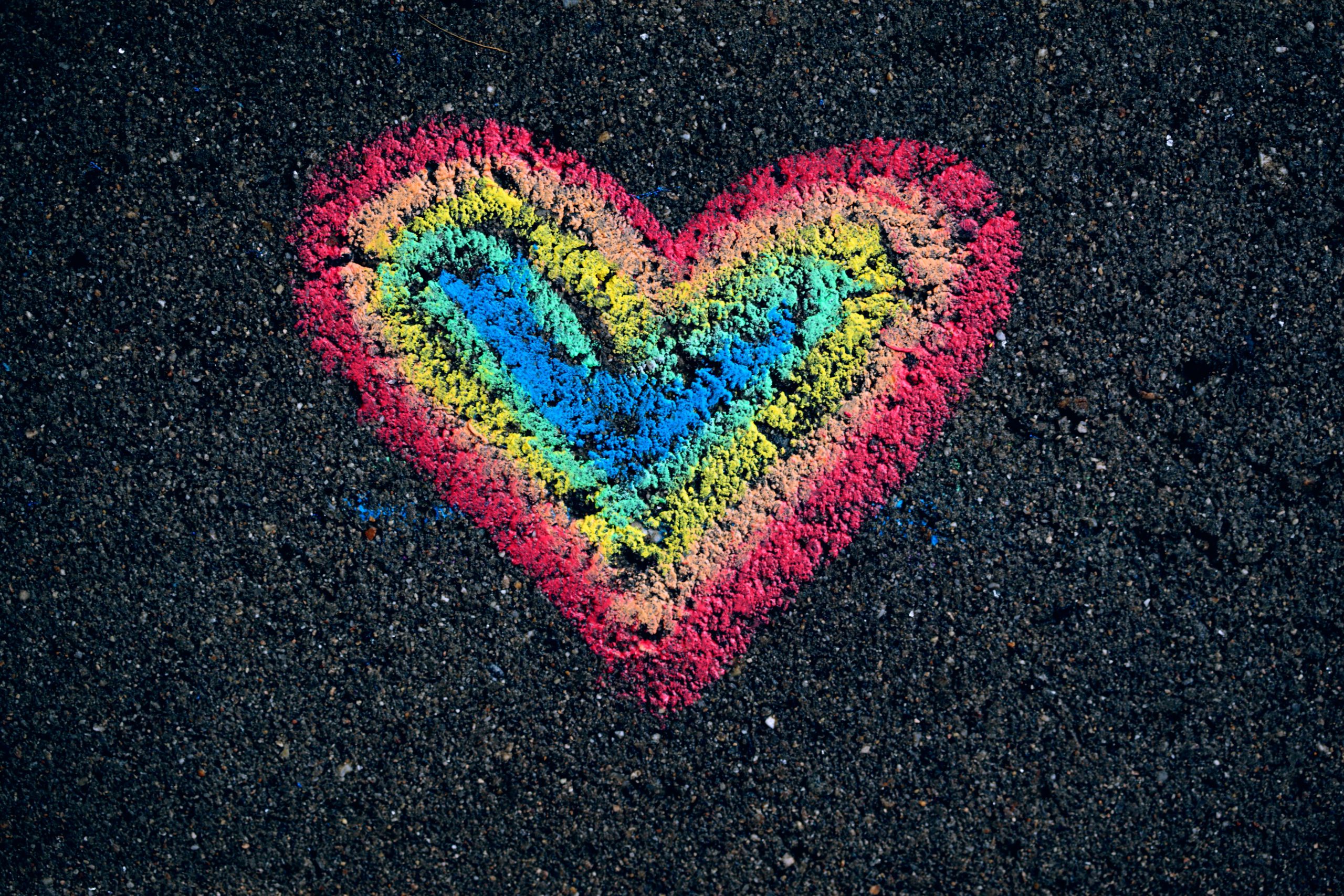SAD, which is short for “Seasonal Affective Disorder“ is a serious issue that affects many people all around the world. In this blog we share some info about what SAD is and how it is caused, alongside some handy tips for conquering it for good.
As the seasons change, for many people, so do their moods. When the days get shorter, we don’t get enough natural sunlight (Ultra-Violet light) and we can experience a chemical imbalance (low vitamin D and high daytime melatonin). This throws off our circadian rhythm, which is an important biological process that allows us to be alert in the day and sleep at night.
Facts and Figures
- SAD was officially recognised in 1984 by Norman Rosenthal;
- The average age for those who suffer with SAD is 18-30 but it can affect anyone;
- December to February is when the most severe SAD episodes occur
- The ratio of women to men with sad is 4;
- It seems to run it families; and
- 10 million Americans are affected and 3 in 100 Brits get it at some point in their lifetime.
If you find yourself dreading Autumn and Winter way in advance and know that you have a history of going into depression when the year starts to wind down, then getting outside to exercise, taking supplements, sleep hygiene and buying a “SAD lamp” may be all of the things you need.
Signs and Symptoms
The symptoms of SAD are like those for other types of depression. You may have seasonal symptoms that include:
- feeling low and losing interest in your usual activities;
- feeling hopeless, helpless, worthless, or guilty;
- finding it difficult to concentrate;
- having low energy levels and feeling lethargic during the day;
- feeling indecisive;
- finding it difficult to wake up in the morning;
- sleeping more than usual;
- eating more than usual, especially carbohydrates, can make you gain weight;
- losing interest in sex;
- feeling less sociable; and
- feeling anxious.
You may also have some physical symptoms such as headaches, palpitations (being aware of your own heartbeat), and aches and pains. If you have any of these symptoms and think you have SAD, contact your GP.
Self-Help Prevention and Treatments For SAD
If your SAD symptoms are mild, you may find that making some small changes to your lifestyle can help. Take these steps as soon as you notice any symptoms.
It’s a good idea to tell your family and friends that you have SAD and explain how it affects you. Then they’ll be able to give you help and support when you need it.
Treatment for SAD is similar to that for depression, with some additional options. You can try:
Self-help / lifestyle changes
- Spend some daytime outdoors – e.g. go for a walk, sit on a bench;
- Do regular exercise, preferably outside – even 15-30 mins is a big help;
- Work in bright conditions – e.g. near a window;
- Eat a regular healthy balanced diet;
- Moderate your alcohol consumption;
- Try some meditation/mindfulness/relaxation if you’re feeling anxious;
- Practice good sleep hygiene;
- Adjust your expectations of yourself – be kind to yourself.
Light therapy – use a SAD lamp, doctors recommend using a 10K lux lamp for at least 30 minutes per day;
Medicines – antidepressants, melatonin and Vitamin D supplements; and
Talking therapy – e.g. cognitive behavioural therapy
There’s no strong evidence that one treatment works much better than another, so you can try several of these options treatments, depending on your own preferences. Give it a try and put those winter blues behind you.
Author: Dr Becky Lunson Southall, Content Contributor for InsideOut
References
1. Seasonal affective disorder. BMJ Best practice. bestpractice.bmj.com, last reviewed December 2020
2. Seasonal affective disorder (SAD). Medscape. emedicine.medscape.com, updated December 2020
3. Seasonal affective disorder. Patient. patient.info/doctor, last edited September 2016
4. Cognitive and behavioural therapies. Patient. patient.info/doctor, last edited April 2014
5. Depression. NICE Clinical Knowledge Summaries. cks.nice.org.uk, last revised September 2020
6. Depression in adults: recognition and management. National Institute for Health and Care Excellence (NICE), October 2009. nice.org.uk
7. Seasonal affective disorder (SAD). Royal College of Psychiatrists. rcpsych.ac.uk, accessed January 2021
8. Mental health. Oxford Handbook of General Practice (online). Oxford Medicine Online. oxfordmedicine.com, published June 2020
9. Nussbaumer‐Streit B, Forneris CA, Morgan LC, et al. Light therapy for preventing seasonal affective disorder. Cochrane Database of Systematic Reviews 2019, Issue 3. doi:10.1002/14651858.CD011269.pub3
10. Seasonal affective disorder (SAD). MIND. mind.org.uk, published February 2019
11. Cognitive behavioural therapy (CBT). MIND. mind.org.uk, October 2017
12. Anglin RE, Samaan Z, Walter SD, et al. Vitamin D deficiency and depression in adults: systematic review and meta-analysis. Br J Psychiat 2013; 202:100–107. doi:10.1192/bjp.bp.111.106666
13. Frandsen TB, Pareek M, Hansen JP, et al. Vitamin D supplementation for treatment of seasonal affective symptoms in healthcare professionals: a double-blind randomised placebo-controlled trial. BMC Res Notes 2014; 14(7):528. doi:10.1186/1756-0500-7-528
14. Seasonal affective disorder. NIH, National Institute of Mental Health. nimh.nih.gov, accessed January 2021
15. Vitamin D: Food fact sheet. BDA, The Association of UK Dietitians. bda.uk.com, published August 2019






